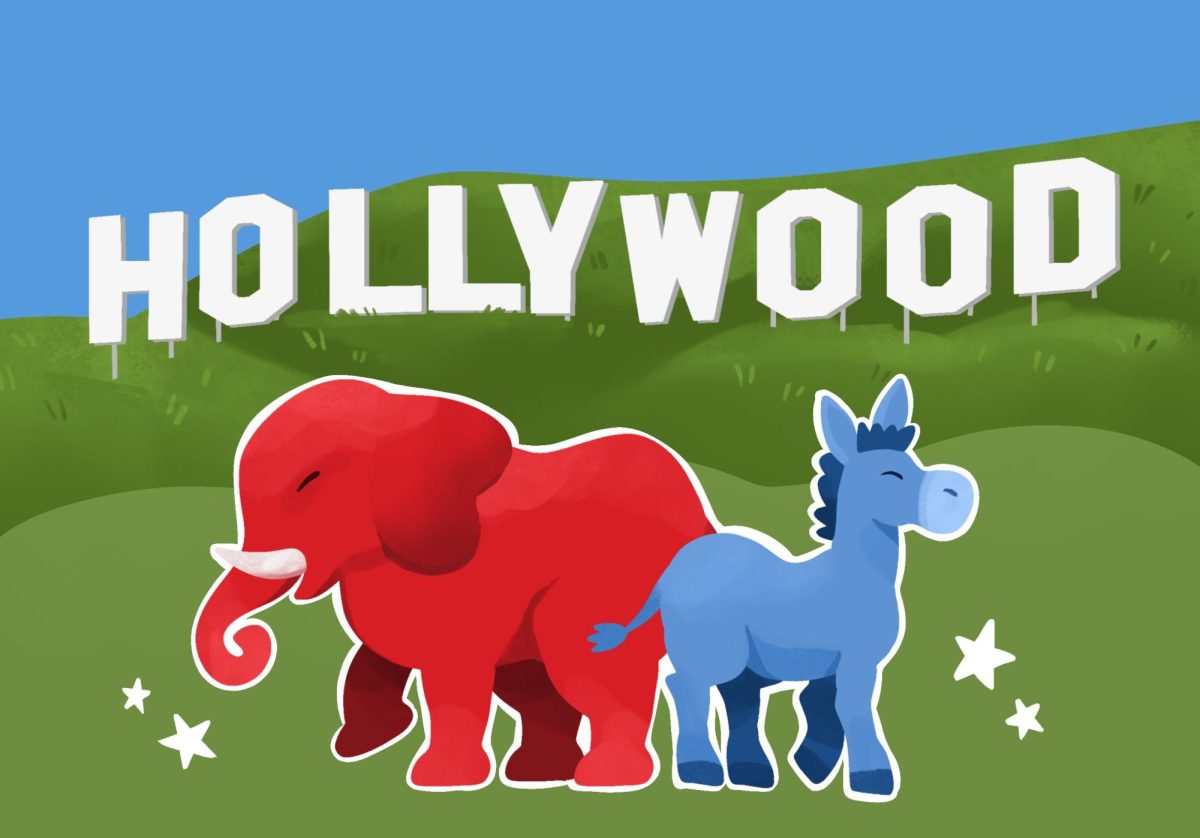Pharmaceutical giants Novo Nordisk, Sanofi and Eli Lilly recently announced they will be slashing insulin prices by upwards of 70% in coming months.
This is great news for anyone who relies on insulin, but why did it take this long? A 2022 study found more than 16% of Americans with diabetes took less insulin than they needed, the absurd costs of the drug being the leading cause.
Sixteen percent doesn’t sound like a huge amount. However, in a nation where more than 37 million people have diabetes, that number becomes an estimated six million Americans forgoing their life-saving medication.
That isn’t even taking into consideration the countless other medicines Americans rely on day-to-day that they can’t afford or find.
Drugs like Adderall are currently facing shortages due to issues of overprescription and “just in time production,” a practice that limits drug production to just enough to stock the shelves to reduce waste.
I don’t mean to be conspiratorial, but it stands to reason that “just in time production” might also have some popularity due to its propensity to drum up prices in cases like this where demand for the drug outweighs the supply. I should note this theory is merely based on the gut feeling of a cynical columnist, so take it with a grain of salt.
Joel Farley, a professor in pharmaceutical care and health systems at the University of Minnesota, said supply chain issues are a major contributor to shortages.
“There’s all kinds of things that lead to shortages,” Farley said. “Think back to the hurricane that hit Puerto Rico. Puerto Rico is a production center, so something like that can significantly disrupt production.”
Some progress is being made to remedy issues in the industry, primarily those in the cost realm. This is due in large part to the Inflation Reduction Act (IRA) and general market pressures as well as efforts by philanthropists like billionaire Mark Cuban.
Cuban, of “Shark Tank” fame, started The Mark Cuban Cost Plus Drug Company because “every American should have access to safe, affordable medicines.”
Though I’m not necessarily a fan of the wordy, Cuban-focused name of the company, I must admit, I can think of worse business ventures for a billionaire to undertake.
Now, before you go around singing the praises of the free market and how once again a billionaire has come along to save us with his massive capital, it should be noted that prices on Cuban’s website are often still less affordable than those seen in pharmacies with the use of sites like GoodRX.
While it may not necessarily be all it’s cracked up to be, a new company garnering more than 2 million customers in just over a year might make the pharmaceutical heavyweights sweat enough to consider some price reduction.
As the heat turns up on pharmaceutical companies, the IRA has also been on the frontlines of lowering drug costs.
The average U.S. citizen spends far more on prescription drugs than citizens of comparable nations. One reason for this, Farley said, is a lack of price negotiation on the part of the U.S. government often seen in other countries.
“If you’re in England, for example, there’s this national health system there and all the drugs that get covered under the National Health Systems formulary go through an Economic Review,” Farley said. “If the drug is too expensive, they have an option of saying ‘We’re not going to actually list that drug and make it available for our population.’”
The prospect of a drug being kept from the public is worrying, but company profit incentives and a government’s need to provide for its people should incentivize swift compromise.
Then again, government and corporate stubbornness and incompetence have surprised me before.
The health care system in England has faced some struggles as of late, primarily in the form of striking health care workers pleading for higher wages amid rapid inflation, but that doesn’t take away from their superior mode of negotiation.
“Part of Biden’s upcoming proposal that he recently passed is that he’s going to allow for drug price negotiation in the Medicare program,” Farley said.
The IRA also stands to hit companies that raise drug prices above the inflation rate with rebates. Reduce list prices, avoid being slapped with penalties, Farley said.
This is all great to hear; that anything is being done to make medication more affordable in our country is a good thing. However, it’s easy to think that this change should’ve come a long time ago.
We are by no means out of the woods yet. We have yet to see the effectiveness of these ideas and policies in action within our country. We are heading generally in the right direction, but the U.S. still spends sufficiently more per person on health care than any other country without the results to match.
Sorting out the pharmaceutical industry is an important step, but it is simply the first of many necessary to reform our health care system.






















